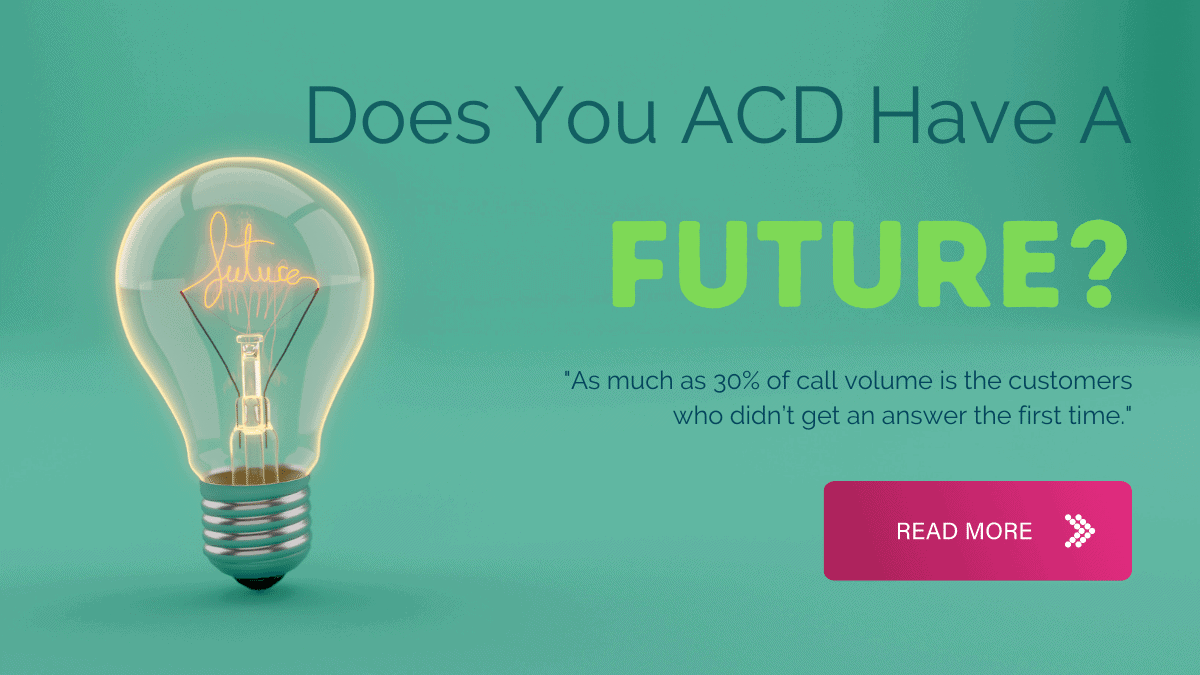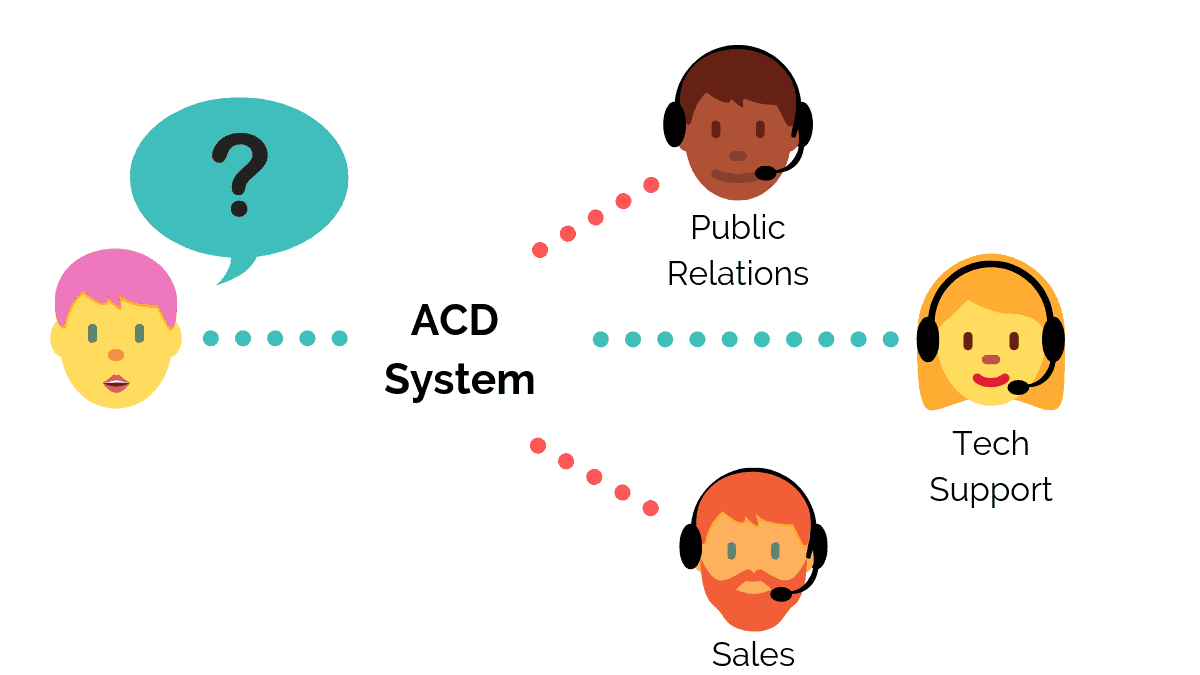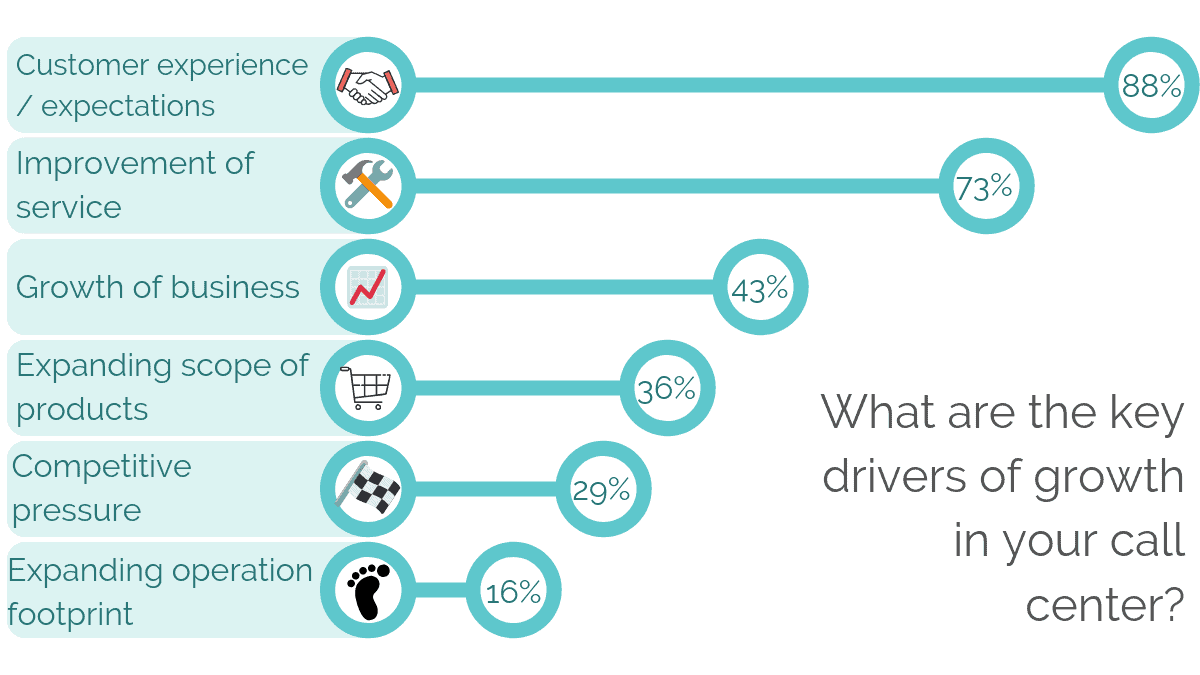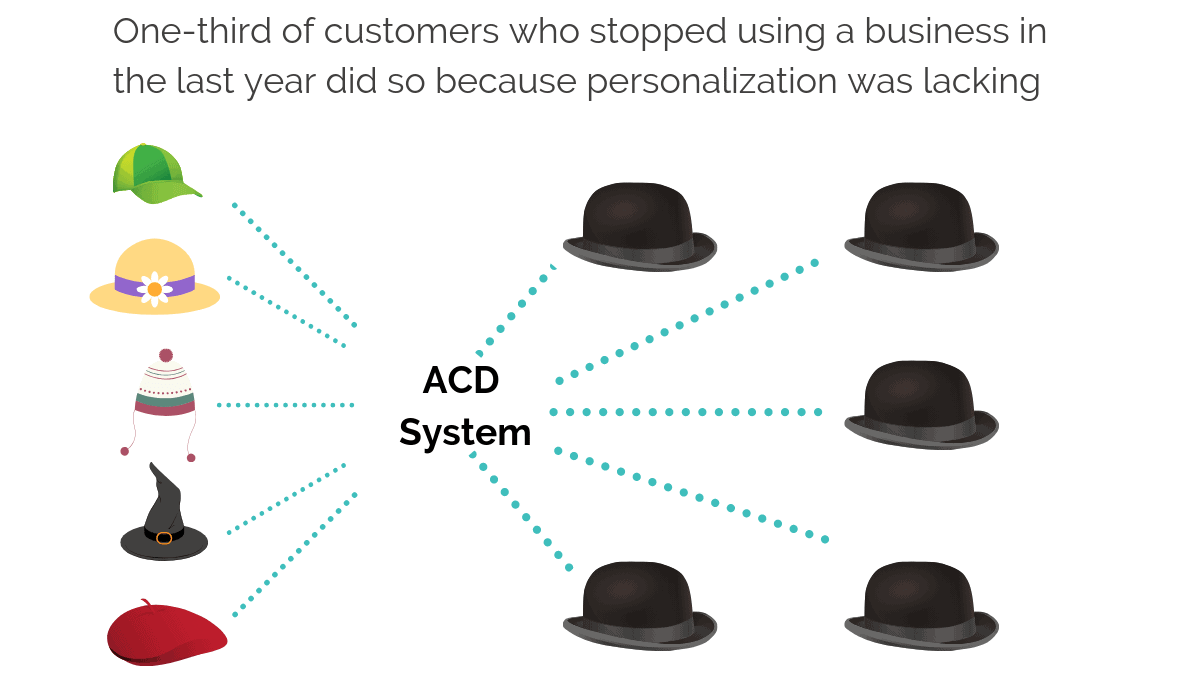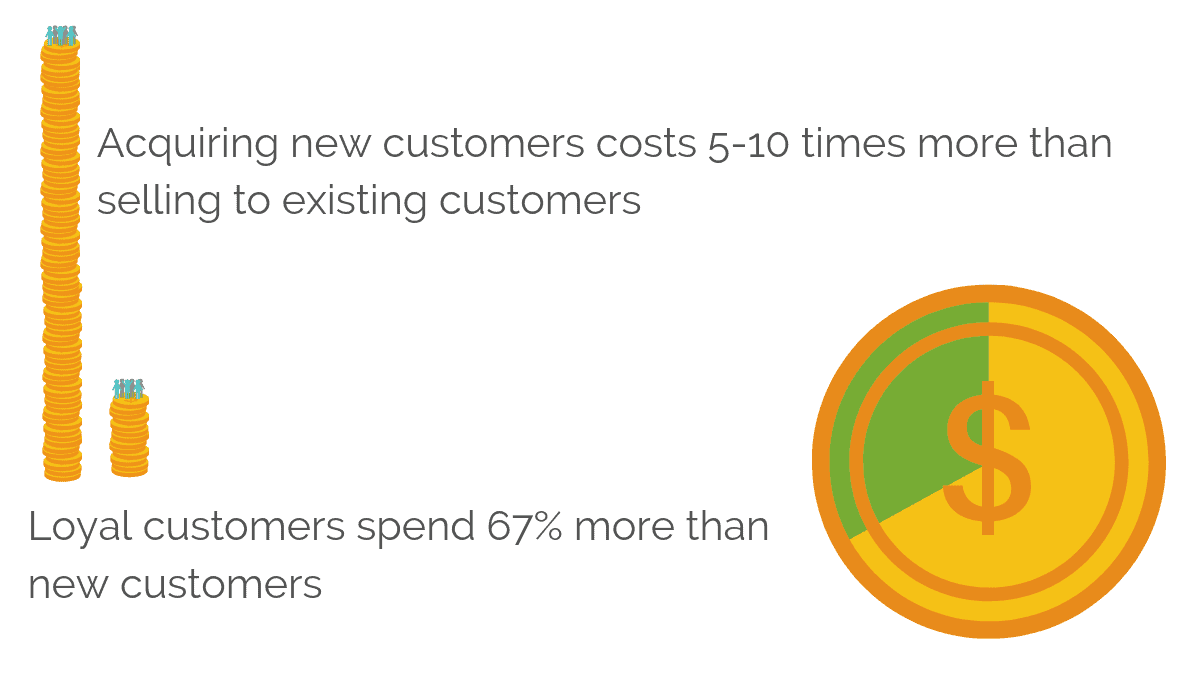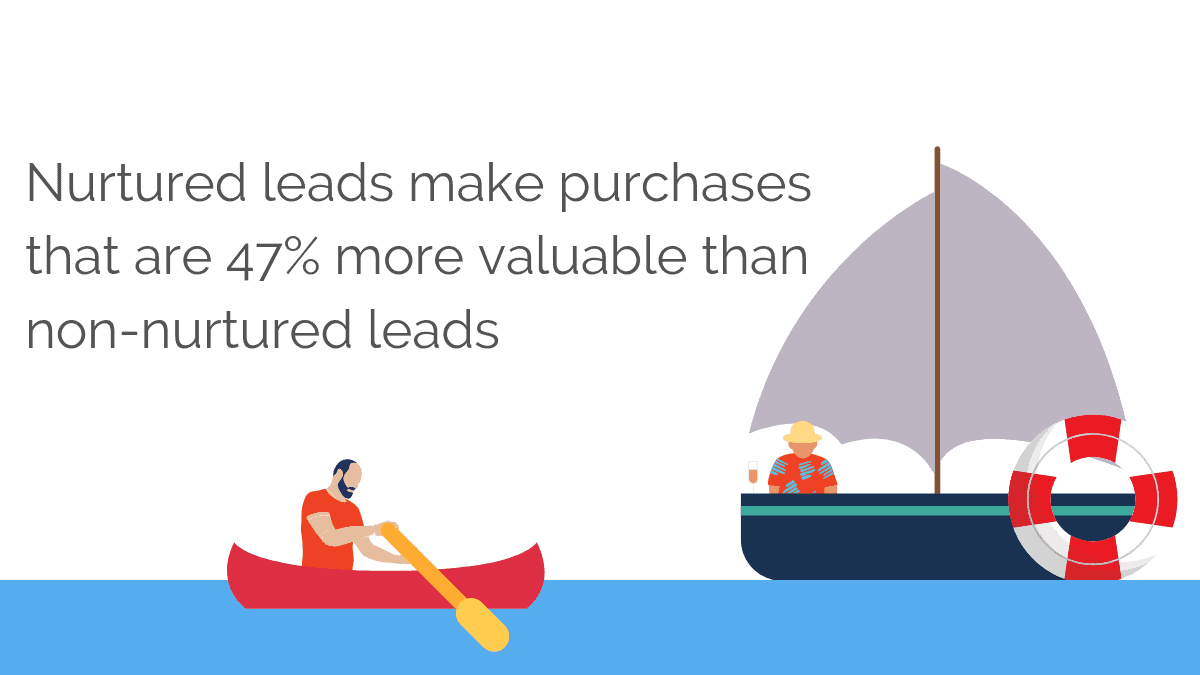The automatic call distributor system is one of the oldest pieces of tech in the call center.
Based on some of the customer service out there, you’d think it hadn’t changed much.
But it has. Call routing gets smarter in leaps and bounds. Some businesses offer service that gets better (and more competitive) every day.
So… how often do you check in with your call routing?
Let’s talk about Edwin Land. He was an American scientist who, in 1937, founded a business that you’ve heard of.
The business was successful right away but it really took off in 1948. That was the year Land created his most successful product – one of the best-selling products of all time. It was his ‘billion-dollar idea’.
It all came crashing down in 2001 and the business filed for bankruptcy. Times had changed since 1948, but Land’s business hadn’t kept up.
It was called ‘Polaroid’. Remember Polaroid?
Why are we talking about cameras?
What does Polaroid have to do with your Automatic Call Distributor System? You probably know that Polaroid was ruined by the new kid on the block, digital photography.
They thought that instant images were the last word in photography. In reality, the product never stopped changing.
That’s very much the risk for call centers.
Keep your automatic call distributor system up to date
More than ever, customer service is a battleground for businesses. Great service is why customers stay loyal. It’s why they recommend you to friends. It’s why they steadily spend more with your business.
But expectations are always increasing. According to research from Deloitte, customer expectations are now the main driver of growth in call centers.
The challenge is to give customers an easy experience. A short wait, a knowledgable agent and a good outcome. You might be surprised by how much of that comes down to your automatic call distributor system.
Before we dive in…
We’re about to look at a few industry-leading call routing practices.
Before we start, a quick word on how an integrated automatic call distributor system works.
We often speak to call center professionals who say that the call flows we’re describing would be great. If they were possible. But they’re not. Are they?
They definitely are. Our whole approach is to help businesses integrate their systems and automate processes across them. So when we describe best-in-class call routing, we know it’s possible. In fact, we know it’s easy.
#1 Personalized call routing
What does the average person picture when you say ‘call center’? Probably a gray room the size of an aircraft hangar, filled with thousands of agents. Miserable agents.
Now, you and I know that’s not true. But for the customer, the idea that service can be personalized is a novelty.
We’ll start simple. When the customer calls, you already know who they are because their number is recorded in your CRM. (We’re assuming you’ve already used babelforce to integrate your systems.)
You can also see their purchase history, so you can base routing choices on that (if you want to.) What’s more, the agent you route to has all the info on-screen, so they can start an informed conversation.
#2 Continuity call routing
First Contact Resolution is an important metric – no argument from us.
However…
Just because you don’t want repeat callers doesn’t mean you shouldn’t plan for them.
In fact, they’re some of the most important calls to do well. After all – some of the most annoyed customers are the ones on their second, third or fourth call.
As much as 30% of call volume is the customers who didn’t get an answer the first time.
But remember, your automatic call distributor system is integrated with CRM, so you know who’s calling.
You also know why they’re calling, because your Helpdesk is integrated. You can see their unresolved ticket.
Now, when you route them, they do not need to explain why they’re calling. You can just route them straight to an agent with the right skill set – or even the same agent who helped them before.
#3 Retention call routing
By now you’ve got a great customer service. Next, you can think about the measurable impact your call center has on the business’s bottom line.
Customer retention is the place to start. Getting new customers costs 5-10 times more than retaining new ones. Plus, the longer they stay with you, the more money they spend.
You hardly need to make the case for retention – it’s self-evident.
So how do you use your automatic call distributor system for retention? First, decide which customers are a churn risk. There are a few ways you could identify them.
Most businesses know when in the relationship a customer is generally most likely to leave. That might be something like the end of the first year of subscription.
You can also focus on specific customers, like any who’ve had to call you several times or who’ve given low feedback scores.
If you can imagine who might be a churn risk, you can target them. Then, you can route them to specialized ‘advocate’ agents, who know just what to say.
#4 Sales acceleration routing
Finally, let’s take an ambitious leap into sales acceleration.
In part, that means using the processes we’ve already discussed with sales as the end goal. Obviously, you want prospects to talk to your sales team, rather than tech support.
If they can get through to an advisor they already know, all the better.
You can also bring in a form of skills-based routing, sending your highest value leads to your best-performing agents.
But… what if your high-value callers don’t get through at all? Some of the most important calls are the ones you don’t pick up.
If you can identify high-value leads, you may already have priority routing in place. Even so, if call volumes stops them from reaching an agent in good time, they may abandon. Lead lost?
Maybe not. Remember, your automatic call distributor systems is integrated with everything else – including your auto dialer.
Of course, that means you can automatically schedule a callback the moment an agent is free.
Between 35-50% of sales go to the first vendor who makes contact. So when a prospect shows up on your radar – but disappears before you can talk – you’d better make calling them back a priority.
Good news for your automatic call distributor system
Is there a future for your automatic call distributor system? Yes, and the future is bright – provided you can keep up
In the 1940s, Polaroid was an inspired business. In the early millennium, it was a complacent one.
Which are you?

